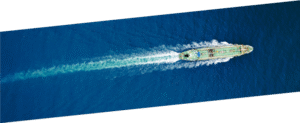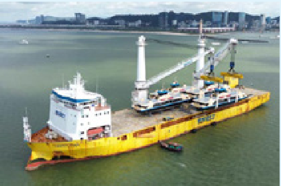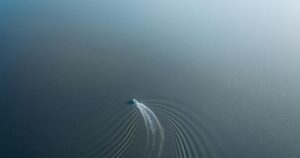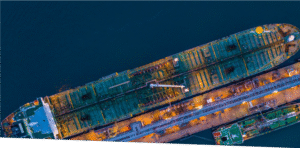
Over one third of ballast water treatment systems fail PSC inspections despite 95% of systems having successfully passed commissioning tests.
Information submitted by Global TestNet to the International Maritime Organization’s Marine Environment Protection Committee MEPC82, which took place last year, revealed that 29% to 44% of operational systems are failing to remove invasive species in the >50µm range, with more than 100 organisms of this size routinely found in every 1m3 of treated water. Continue reading “One third of ballast water treatment systems fail PSC inspections”










